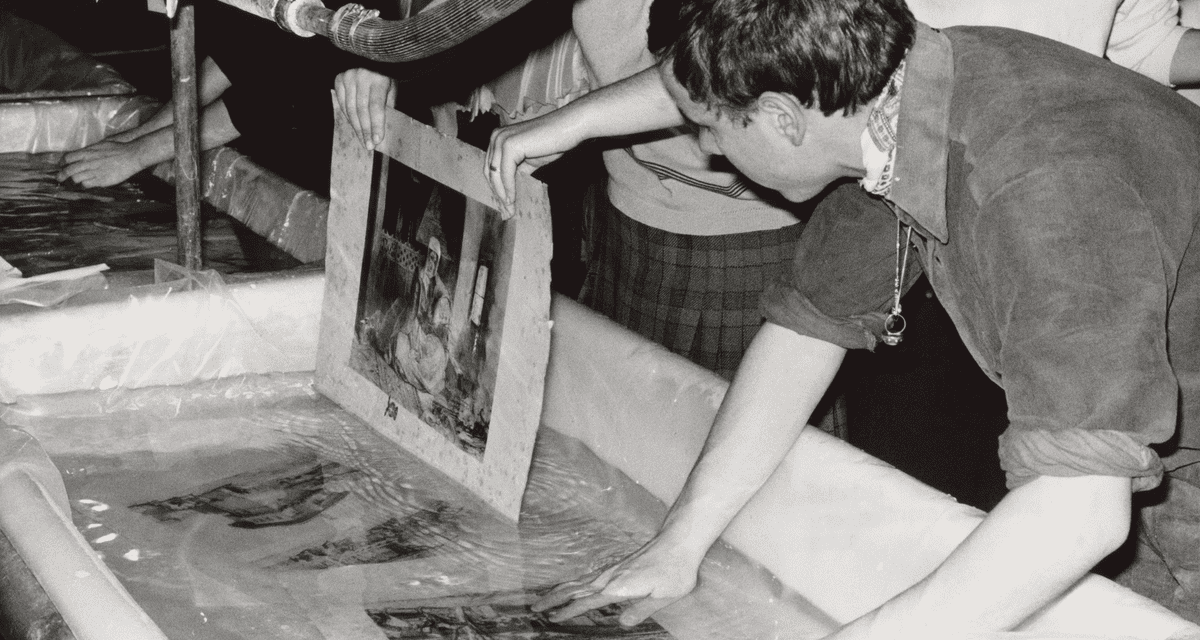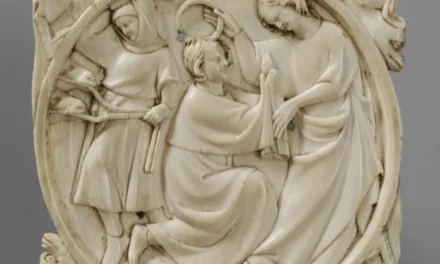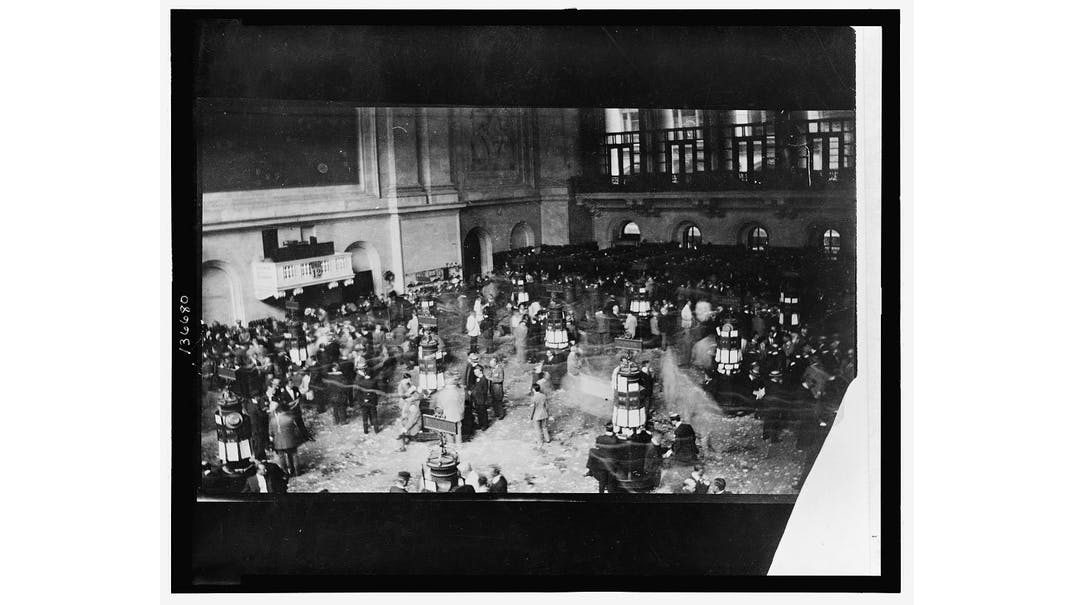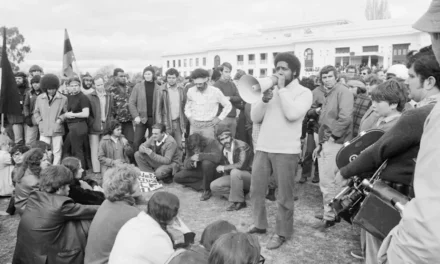When History disappears: the modern loss of historical artifacts
Reading time: 6 minutes
Thanks to their meticulous preservation, museums and their millions of historical artefacts usually stand the test of time. Sometimes, however, it’s not time that historians and archaeologists should worry about, but human action, or occasionally even natural disasters.
Throughout history, there have been many monuments, historical sites, and museums that have been destroyed, for varied reasons. The destruction of the Library of Alexandria by Julius Caesar in 48 BCE comes to mind, or even the Lighthouse of Alexandria, one of the seven wonders of the ancient world, which was destroyed by an earthquake in 330 BCE.
But even in the modern-day, the world’s museums and artifacts still face destruction and devastation through various disasters.
By Madison Moulton
The 1966 Arno Flood in Florence
The most devastating flood in Florence’s history was the Arno Flood of 1966. The city that had been the heart of the Italian Renaissance saw millions of its most prized artworks and books drowned and destroyed in a single day by this calamitous flood.
After a day of long, steady rainfall, the longest river in the Tuscany Region, the Arno river, overflowed, sending thousands of cubic meters of water into the city. In addition to the destroyed property and devastated artworks, the flood killed approximately 100 people.
The flood spread mud, rotting food, raw sewage and even oil after it tore through heating tanks in buildings across Florence. This cocktail of destruction poured into museums, libraries, and churches.
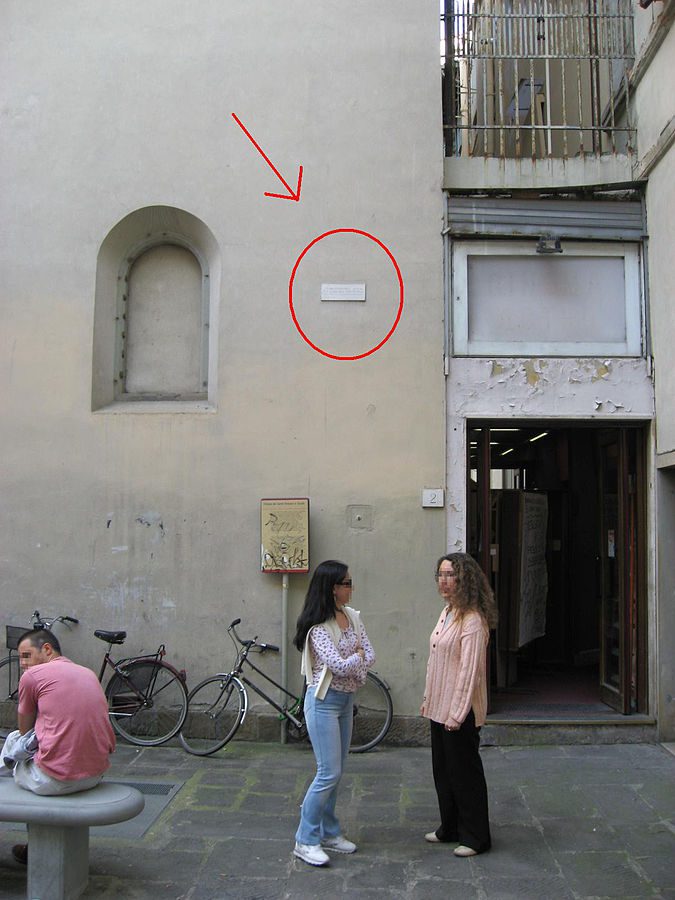
The Biblioteca Nazionale library, an 18th-century public library, had approximately one million items (a third of what the library held) damaged.
One of the most notable works affected was The Crucifix crafted by the master Italian artist Giovanni Cimabue in the 13th century. Another was a Renaissance masterpiece, the bronze doors of the Florence Baptistery, called the ‘Gate of Paradise’.
Many other museums, churches, and even shops holding antique collections were similarly affected and destroyed.
Devastated but Still Salvageable
Despite the millions of destroyed books, artworks, sculptures, and devastated buildings, there was still hope for Florence’s most cherished items.
Volunteers from across the country and the world took up the task of clearing the streets and restoring books and artwork to their former glory. These volunteers were called ‘mud angels’ and in most cases had no special training.
The Renaissance sparked innovation in art and technology, resulting in the world we know today. In the same vein, the destruction of these renaissance-era masterpieces sparked innovation in the restoration and conservation of historical artifacts.

Across the world, new standards and organizations were set up to help protect historical works, museums, and libraries from disasters.
Despite the international effort and reform, some artworks took decades to restore. The famous ‘Last Supper’ painting by Giorgio Vasari, which was submerged for half a day, was only restored in 2013.
New York African Burial Ground and 9/11
The New York African Burial Ground held cultural significance along with its thousands of priceless artifacts. The site and its artifacts were, unfortunately, part of the collateral damage resulting from the 9/11 Terror Attacks.
The African Burial Ground became a historical site after the skeletal remains of 400 men, women, and children were discovered in 1991 – a previous burial ground for African slaves. All the artifacts, including the remains, coffins, and even soil samples were all stored in the Six World Trade building. This was an eight-story building, situated next to the Twin Towers. The Six World Trade building also housed thousands of important remains from ‘Five Points’ – New York’s most notorious slums.
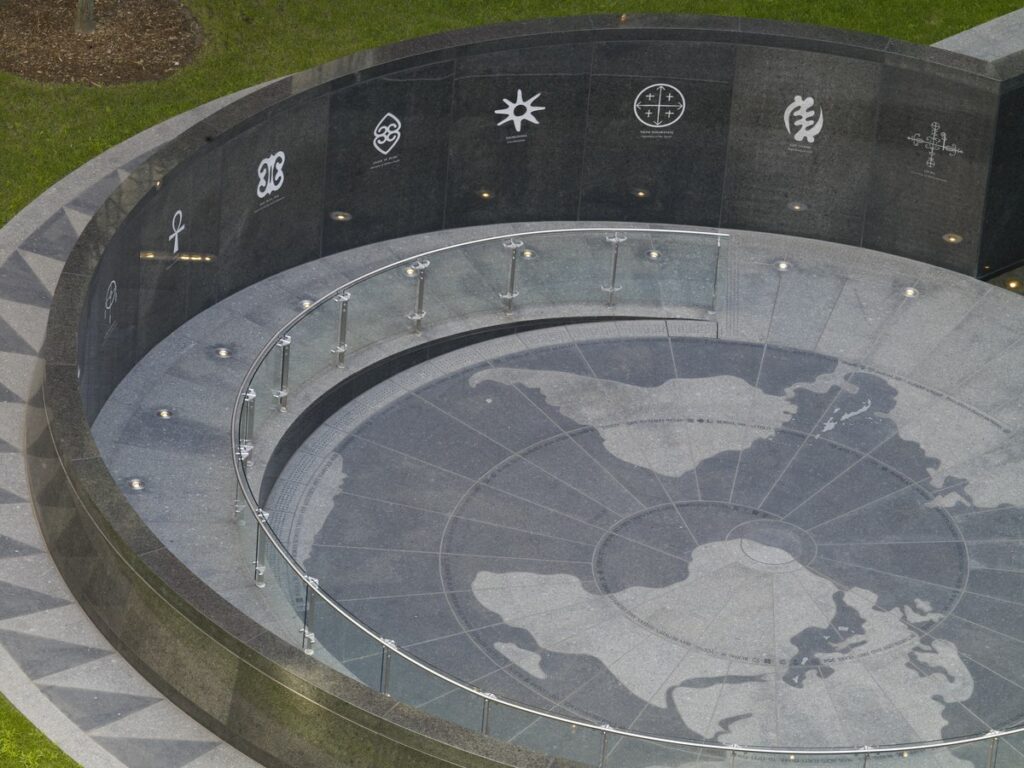
Through its history, the Six World Trade building faced two attacks. In 1993, the first attempted bombing of the World Trade Centre shook the building but left the artefacts unscathed.
Unfortunately, the second attack was much more devastating. The destruction of the Twin Towers saw the North Tower falling into the side of the Six World Trade building. Most artefacts belonging to the Five Points collection were destroyed – some 850 000 items. Included in the losses was the library of research and some artefacts from the African Burial Ground collection.
Luckily, the human remains from the African Burial Ground had been sent to Howard University in Washington D.C. and were safe from devastation. In the years that followed, Howard University would receive the remaining artifacts, soil samples, and research from the African Burial Ground. In 2003, the site was declared a historical monument, and the human remains were restored to their original resting place.
National Museum of Brazil Fire
Brazil’s National Museum in Rio de Janeiro is yet another historical treasure that was destroyed as a result of human action. In 2018, the museum – the oldest in Brazil – was engulfed in flames.
Founded in the early 1800s, the museum was as history-rich as the artefacts it housed. The building had been the home of the exiled Portuguese Royal family for 13 years when they fled Napoleon’s forces. The building itself was previously a palace in the post-independence era.
The 200-year-old natural history museum was the largest in Latin America, holding millions of irreplaceable artifacts.
Amongst its 20 million artifacts was South America’s oldest human fossil, Luzia. It was a human skull estimated to be approximately over 11 thousand years old. It also housed a large collection of Egyptian mummies and artifacts. The museum was home to ancient Brazillian creatures and fossils, including Maxakalisaurus, a long-necked dinosaur.
The fire started on 2 September 2018, shortly after the museum closed for the day. The fire gutted the building, destroying close to over 90% of its historical collections.
A faulty air conditioning unit sparked a fire that destroyed the national museum. However, one could blame the lack of maintenance and disrepair. From 2014, the national government continually cut the museum’s maintenance budget. The lack of funds caused many closures over the years, either because staff couldn’t be paid or as a result of general disrepair. The museum has even had to crowdfund repairs through the years.
The disaster was avoidable, the Brazilian government has a responsibility to prevent this happening again.
Museums, historical sites, monuments, and artefacts represent the past. They signify that some things, with some care, can stand the test of time. With neglect or disaster, the world stands to lose some of the most significant artefacts of world history. Most artefacts lost are irreplaceable, underlining the need to care for and preserve our history.
Podcasts about this topic
Articles you may also like
The text of this article was commissioned by History Guild as part of our work to improve historical literacy. If you would like to reproduce it please get in touch via this form.

